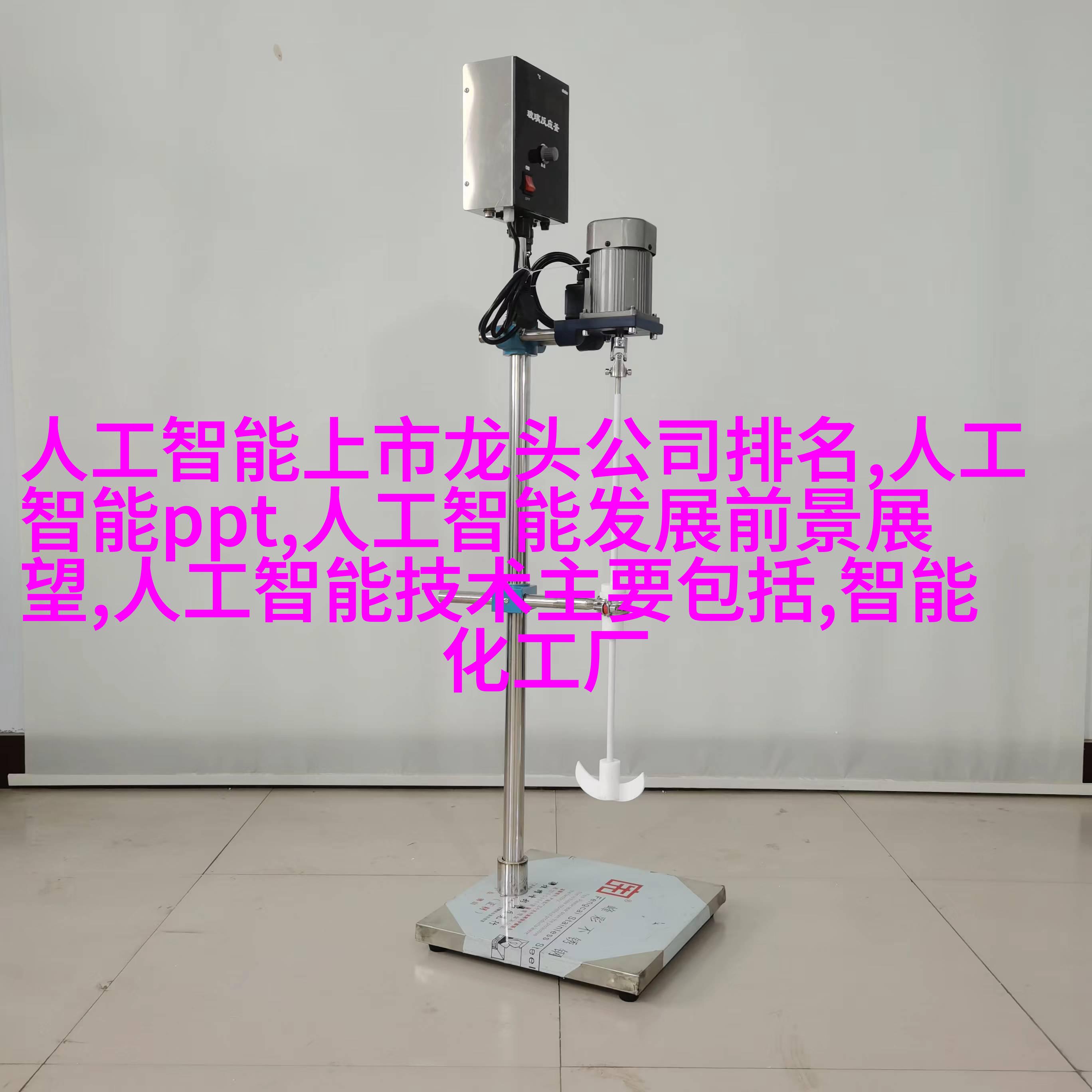钢管规格型号尺寸大全:详解各种用途与应用标准

钢管分类与规格体系
钢管的分类和规格体系是理解钢管规格型号尺寸大全的基础。常见的钢管有无缝钢管、焊接钢管、合金鋼铁等,根据其生产工艺和使用目的进行区分。每种类型都有其特定的规格范围,如DN(内径)和DS(外径),以及壁厚H。

钢管材质选择指南
在选择合适的钢管时,首先需要考虑到所需承受的压力、温度条件以及对腐蚀性的要求。不同材料具有不同的性能,如碳素结构鋼铁耐高温耐腐蚀性较强,而低合金鋼铁则更加坚固可靠。此外,合金鋼铁结合了两者的优点,是多种工业领域广泛应用的一种材料。

应用场景分析
steel pipe specifications and sizes are widely used in various industries, including oil and gas, chemical processing, construction and transportation infrastructure. Different types of steel pipes have different applications: for example, large diameter steel pipes are often used for pipeline transportation of oil and gas; while small diameter steel pipes are commonly used in building structures.

制造过程影响因素
The manufacturing process of steel pipes can significantly affect their properties and performance. For instance, the welding process can introduce defects such as porosity or lack of fusion, which may compromise the structural integrity of the pipe. Therefore, it is essential to choose a reliable manufacturer that adheres to strict quality control measures.

安装和维护注意事项
Proper installation and maintenance are crucial for ensuring the longevity and safety of steel pipes in service environments. This includes factors such as proper alignment during installation to avoid misalignment-induced stress concentrations; regular inspection for signs of corrosion or damage; and timely replacement when necessary.
国际标准化趋势
In recent years, there has been a growing trend towards international standardization in the field of steel pipe specifications and sizes due to increased global trade activity across industrial sectors requiring these products (e.g., energy sector). This has led to greater harmonization between different countries' standards on dimensions, materials composition etc., facilitating seamless exchange among nations while maintaining high levels safety standards